Sartorius muscle
What is the Sartorius muscle?
In the anterior portion of the thigh, the sartorius muscle is a thin, long, superficial muscle. It runs down the length of the thigh and runs more than 2 joints — hip and knee joints. This muscle’s exceptional length frequently exceeds 50 centimeters. Not all muscle fibers run the entire length of the muscle belly in such long muscles. Most likely between 30% and 50% of fibers run from one tendon to another. One fiber is estimated to be 35–45 cm long.
The muscle tummy turns around the front and medial surface of the thigh. It passes behind the medial condyle of the femur to end in a ligament. The ligament, in the wake of taking an anterior bend, gets together with the ligament of the Gracilis and Semitendinosus in the pes anserinus before its last addition.
Origin of Sartorius muscle
Anterior superior iliac spine (ASIS)
Insertion
The tibia’s superomedial surface
Relations
The sartorius muscle lies superficially in the thigh, with just fascia and skin over its surface. The quadriceps femoris muscle is located deep in the sartorius.
The sartorius muscle crosses the iliopsoas, pectineus, and adductor longus muscles as it moves from the lateral to the medial side of the thigh. The tensor fasciae latae muscle begins only parallel to the proximal connection of the sartorius muscle.
The femoral triangle is a significant physical space whose parallel line is formed by the medial edge of the sartorius. The inguinal ligament completes the triangle superiorly and the adductor longus muscle’s medial margin completes the triangle medially. The structures seen within the triangle, the femoral artery, vein, and nerve, hence, lie medial to the sartorius. Deep into the sartorius, the femoral artery continues inferiorly.
Innervation
The femoral nerve innervates the sartorius, along with the other muscles in the anterior portion of the thigh.
Blood supply
Since the sartorius muscle is so long, it is not surprising that it needs a lot of blood from several places:
The quadriceps artery (branch of either the femoral, deep femoral, or lateral circumflex femoral artery) and/or the proximal third artery are potential sources of the proximal third’s vascular supply.
The middle third is provided by parts of the femoral artery.
The descending genicular artery and the femoral artery supply blood to the distal third.
Function of Sartorius muscle
The sartorius muscle crosses both the hip and knee joints, delivering actions on the two of them. The hip joint is fit for flexion, external rotation, and abducting of the leg. Additionally, flexion of the knee joint and internal, or medial, rotation of the tibia against the femur can be brought on by the constriction of the sartorius.
An individual can sit with their legs crossed in this position by combining all of these movements. However, the contraction of the sartorius does not just result in movements for that one purpose. Additionally, sartorius may be involved in climbing in some way.
Clinical significance
The gracilis, semitendinosus, and sartorius tendons that are joined together are referred to as the Pes anserinus. It is superficial to the medial collateral ligament’s tibial insertion in the knee.
Pes anserine bursitis is a condition where the medial piece of the knee is inflamed. A person can develop this disease if the bursa beneath the tendons of the gracilis, sartorius, and semitendinosus become irritated through misuse or injury. Overuse is a common cause of chronic knee weakness and pain, which typically affects athletes. It is featured by aches, swelling, as well as tenderness.
Sartorius muscle stretching
Kneeling Hip Flexor Stretch
Stoop on the ground with your left knee and your right foot established before you, your knee twisted at a 90-degree point as though you were going to propose. Squeeze your glutes and press your hips forward while keeping your torso upright until you feel a stretch at the top of your left hip. Place your hands on your hips.
After completing the stretch for ten seconds, switch legs and repeat three to five times.

Butterfly stretch
Sit down on the mat with your legs before you.
Grab your left foot as you reach forward. It is alright to flex your knee to assist your hand and foot with joining.
When your left foot is in a comfortable position and facing your right thigh, gently pull it up toward your groin.
Flex your right knee to bring your right foot toward your groin so that its bottom contacts the underside of your left foot.
Get your feet with your hands and put your elbows kneeling.
Maintaining a straight back while allowing your knees to drop toward the ground is the key. By gently pressing on the knees with your elbows, you can apply light pressure to the inner thigh.
Pause for 60 seconds whenever you feel stretched.
Three to four times.

Sartorius muscle strengthening
Lateral Step-Ups
Lateral step-ups completed on a bench or plyo box are an amazing compound activity that targets all of the major muscle groups of the inferior body. You can accomplish these using nobody more than your body weight, or you can utilize resistance-training tools such as dumbbells or a loaded barbell to complete the activity more difficult.
Only stand on one side of a sturdy box or bench. Bend the hip and knee on the leg nearest to the bench and abduct your hip to foot up onto the box. Track with your opposite leg to lift to stand on the box. Switch the action and carefully foot down from the box. Achieve a set of 12 to 15 on one side, then change sides and guide the step up with your contrasting leg.
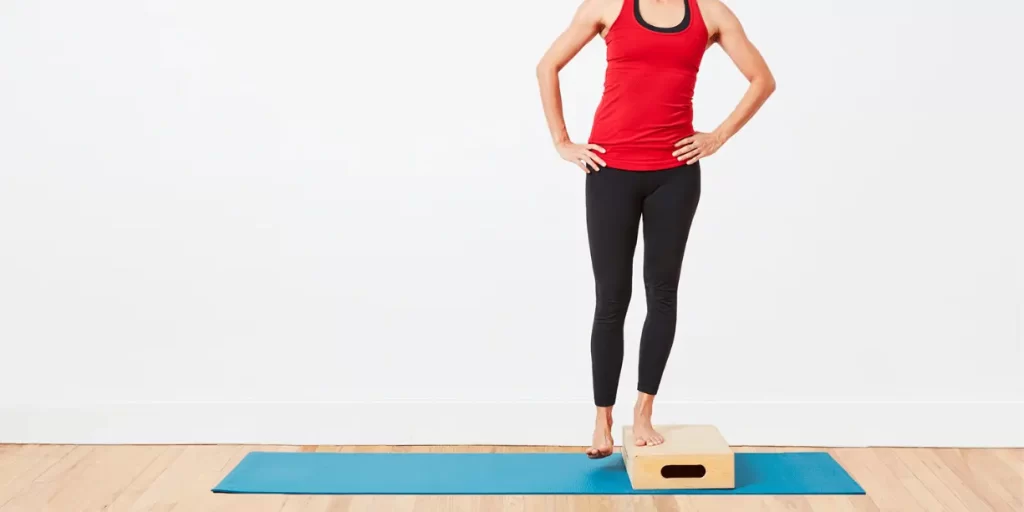
Lateral Band Walks
Band walks are a wonderful way to boost all of the abductors of your hips. Put a small, looped opposition band near your legs, only above your ankles. Stand with your feet almost hip-distance separated so the band is stretched, but not tight. Flex your hips and knees barely so you’re in a “ready position,” then bring a step laterally to the right, dragging against the opposition of the band.
Step your left foot toward your opposite foot, but don’t allow the band to go slack. Persist stepping to the right, bringing 10 to 12 steps, then change the motion, this time bringing 10 to 12 steps to the left. If the activity feels too difficult, put the band above your knees, rather than above the ankles.

Plie Squats
To set up for a plie squat, you initially abduct your hips by making a wide base of help, stepping your feet out horizontally from your midline. After that, you turn your hips outward, pointing your thighs, knees, and feet in the direction of the room’s sides.
From here, flex your knees and hips while keeping your hips externally rotated and lowering your glutes straight down. This will keep your knees in line with your toes. At the point when your knees structure a 90-degree point, press through your heels, and return to standing. Perform between 10 and 12 sets. This exercise can be done with your body weight, or you can use dumbbells or a barbell to add more resistance.
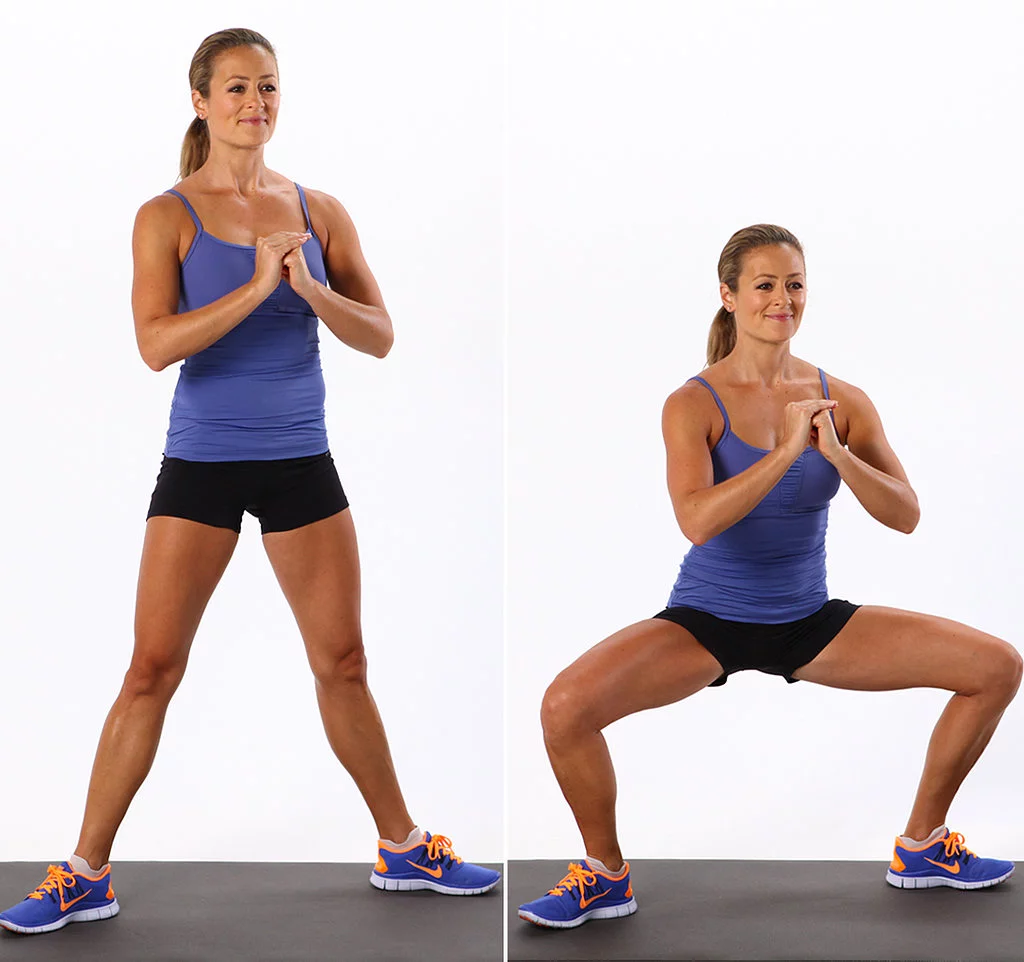
Clam Exercise
The clam exercise, also known as the clamshell exercise, may appear straightforward, but when performed correctly, it activates the outer hips and activates your external rotators.
Lay on your side, supporting your head and neck with an extended bottom arm. Your thighs should be positioned at a 90-degree angle to your torso and your knees should also be flexed to approximately 90 degrees. From here, ensure that your body is perpendicular to the ground with stacked shoulders, hips, and knees.
Tighten your core, make sure your big toes are touching, and externally rotate your top hip so that your knees open like clams. With good form, rotate your hip internally back to its starting position after going as far as you can comfortably. Perform 10 to 15 counts before recounting the other side.
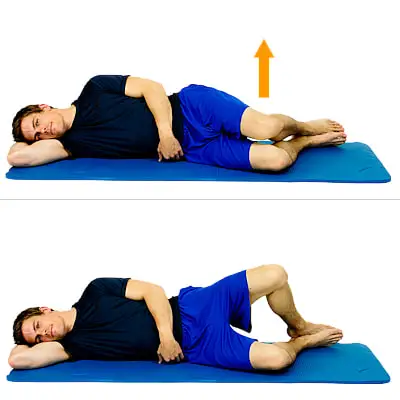
FAQ
What is one more name for the sartorius muscle?
the sartorius muscle, also referred to as the tailor’s muscle is because it aids in hip flexion, rotation, and knee flexion; The sartorius muscle would be working if you sit with one leg crossed over the other.
What is the sartorius muscle’s shape?
In addition to its distinctive shape and course, the sartorius muscle is located on the surface. It has a cross-over segment looking like a triangle with the base improved. This muscle has exceptional lengths that frequently exceed 50 cm [3, 15].
What is sartorius muscle pain?
The majority of people who suffer from sartorius muscle pain experience tenderness or burning in the inside of their knee or along the front of their hip. When the fibers of a muscle or tendon are overstretched or torn, it results in muscle strain. When someone tries to use the strained muscle, the pain usually gets worse.
What treatment is available for sartorius?
Anti-inflammatory medication, stretching, icing the affected area, rest, and rehabilitation exercises are all common treatments for this condition.
Is The sartorius apparent?
The muscle is contracting as seen and felt. The femoral nerve’s branches supply the quadriceps’ four segments. Through the quadriceps tendon, the three great and rectus femoris are inserted into the patella.

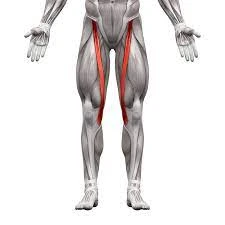
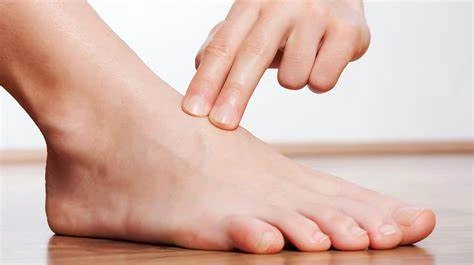
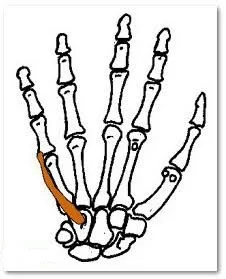
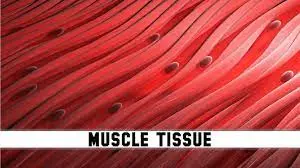
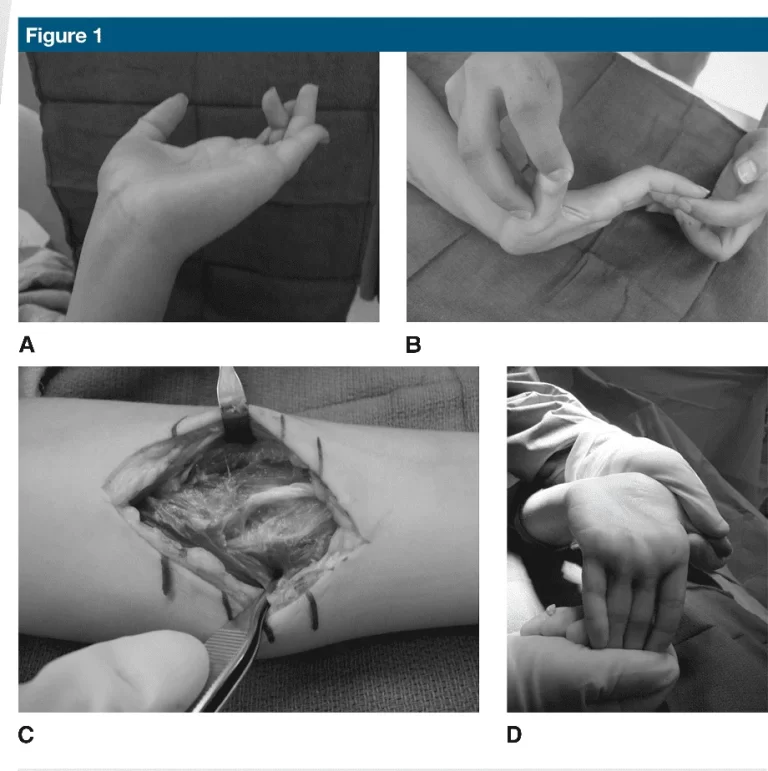


2 Comments